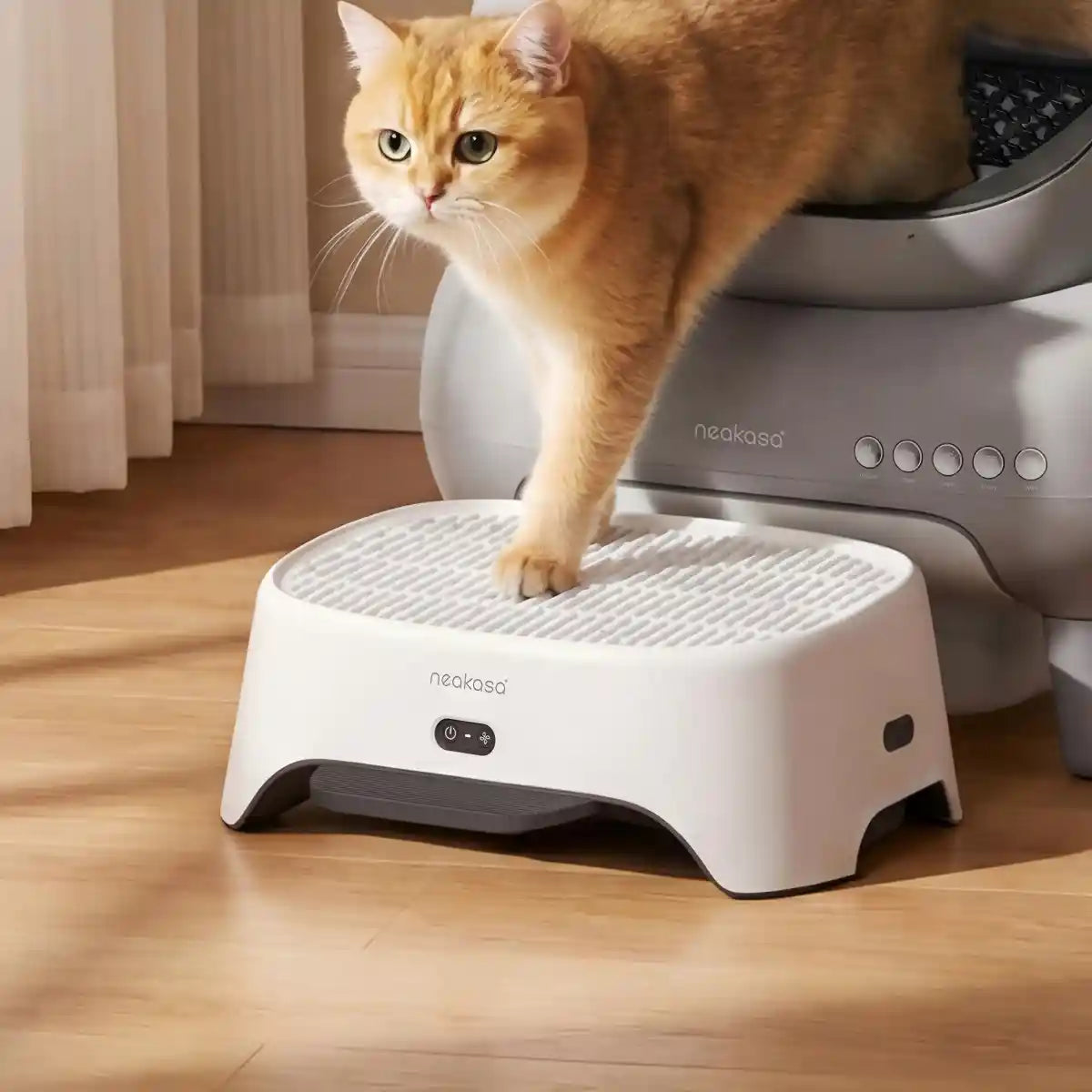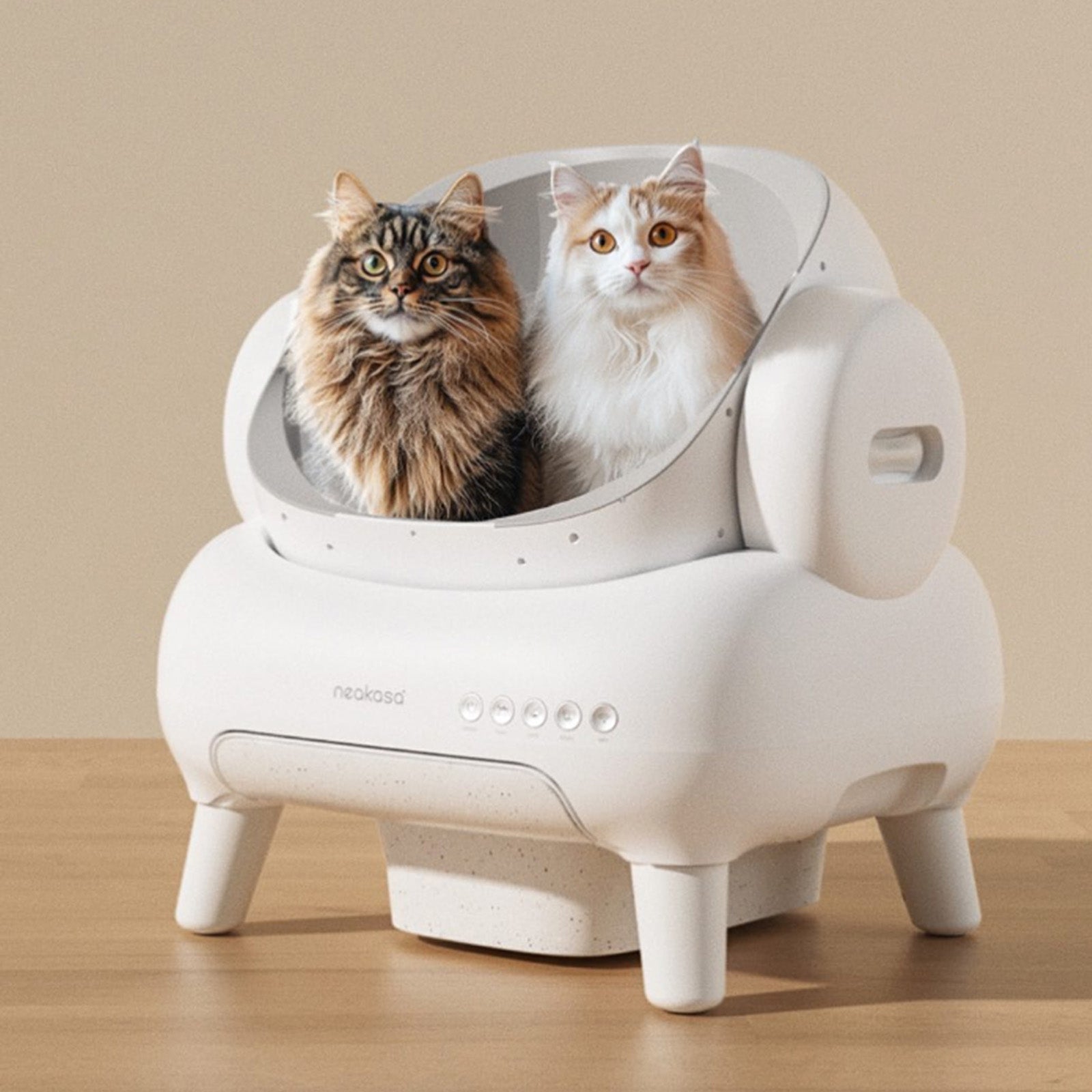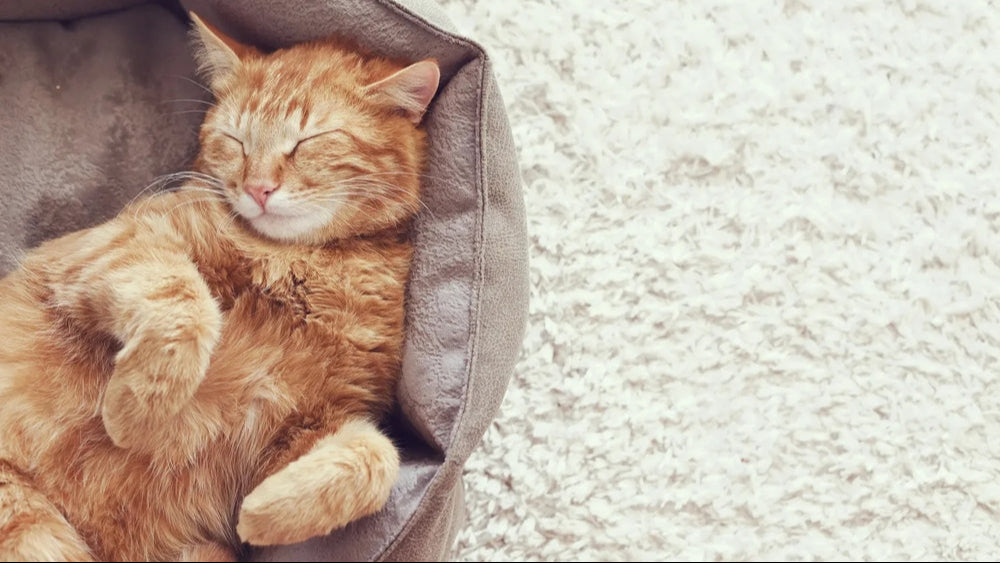You may have noticed that your cat seems to spend most of the day curled up in a cozy spot, fast asleep. Whether it’s on the windowsill in the afternoon sun or beside your pillow at night, cats always seem to be napping.
But how long do cats actually sleep each day, and is it normal for them to snooze so much?
In this guide, we’ll explore average cat sleep time by age, why cats sleep so much, and when their sleeping habits could be cause for concern.

How Long and Why Do Cats Sleep So Much?
Cats are known for their love of sleep. New cat owners are often surprised by just how many hours their feline spends napping. This behavior is rooted in their natural instincts and varies depending on age.
Average Daily Sleep Duration by Age
A cat’s sleep needs change throughout its life. Energy demands, activity levels, and health all affect how long cats sleep.
Kittens: Average Sleep Time in Early Growth
Kittens can sleep up to 20 hours a day. This extended rest fuels rapid growth, supports brain development, and helps them process new experiences as they adjust to their environment.
Adult Cats: Typical Daily Sleep Hours
Most healthy adult cats sleep 12 to 16 hours per day. Personality, activity level, and environment can affect this. While some cats are naturally more active, others prefer long, quiet naps in familiar surroundings.
Senior Cats: Increased Sleep Needs with Age
Senior cats (10+ years old) often sleep 18 to 20 hours per day. Lower energy, slower metabolism, and age-related issues like joint pain lead to more rest.
Main Reasons Cats Sleep So Much
Cats sleep a lot for several instinctual and biological reasons:
- Energy Conservation: Cats are natural predators built for short bursts of intense activity. Long naps help them recharge for hunting, even if it’s just chasing toys at home.
- Body Recovery and Growth: Sleep supports tissue repair, muscle recovery, and immune function. It’s essential for growing kittens and older cats to manage physical wear.
- Temperature and Metabolism Regulation: Resting conserves energy and helps regulate body temperature and metabolism.
- Mental Processing: During REM sleep, cats process experiences and form memories. This is especially important for young cats learning about their surroundings.
The Sleep Stages and Cycles of Cats
Unlike humans, cats don’t sleep in one long stretch. Their cat's sleep cycle is made up of short naps throughout the day and night, a pattern shaped by their wild ancestors.
Sleep Stage Composition
Cats experience two primary sleep stages:
- Light Sleep (Drowsing): The most common stage. Cats rest lightly while staying alert to their surroundings. They may twitch their ears or tails at sudden sounds and can wake instantly.
- Deep Sleep (REM): The stage where the body fully relaxes. You might see twitching whiskers or paws, or even hear soft snoring. Though shorter than light sleep, REM is vital for brain health and physical recovery.
Sleep Cycles and Catnaps
Unlike humans, who typically sleep in one long stretch, cats are polyphasic sleepers, meaning they sleep in multiple short cycles throughout a 24-hour period.
- Each sleep cycle usually lasts 15 to 30 minutes, with a mix of light sleep and short periods of REM sleep.
- These cycles occur throughout the day and night, contributing to the impression that cats are “always napping.”
- Despite appearing to be in a deep slumber, cats remain highly responsive and can snap awake at the slightest sound or movement.
This fragmented pattern is normal and helps them stay safe and efficient hunters.
When to Be Concerned About Your Cat’s Sleeping Habits
While sleeping a lot is normal, sudden or dramatic changes in your cat’s sleeping habits may signal a health issue. Know your cat’s usual routine so you can spot warning signs, such as:
- A sudden increase or decrease in sleep time, especially if your cat becomes unusually lethargic or hyperactive.
- Behavioral changes like hiding, aggression, or a lack of interest in food, water, or play.
- Difficulty sleeping, frequent awakenings, or seeming restless even when tired.
In addition to observing their sleeping habits, monitoring their litter box usage can also reveal early signs of illness. Modern smart litter boxes can automatically track your cat’s bathroom frequency and weight, providing valuable data that helps you and your vet detect potential health issues sooner.
These symptoms could indicate pain, illness, stress, or anxiety. If you notice any of them, consult your veterinarian promptly.
FAQs About Cat Sleep
Q1: How Long Do Cats Sleep in 24 Hours?
Adult cats sleep 12–16 hours per day, while kittens and seniors can sleep 18–20 hours.
Q2: Do Cats Ever Sleep All Night?
Cats are crepuscular, most active at dawn and dusk. They usually wake a few times at night, but many adjust to their owner’s schedule and stay quiet overnight.
Q3: Is It Good for Cats to Sleep All Day?
Yes, if your cat eats, drinks, and plays normally, sleeping all day is natural. If you see other symptoms or changes, consult a vet to be safe.
Conclusion
A cat's sleep pattern reflects its natural instincts and needs. Understanding these habits helps you care for them better.
To spot health issues early, keep an eye on daily routines like eating, drinking, and litter box use. A smart litter box can automatically track bathroom habits and weight, offering helpful insights into your cat’s overall well-being.
So next time you see your cat fast asleep, just let them enjoy their sweet dreams — and seek veterinary help promptly if anything seems unusual.








Leave a comment
This site is protected by hCaptcha and the hCaptcha Privacy Policy and Terms of Service apply.